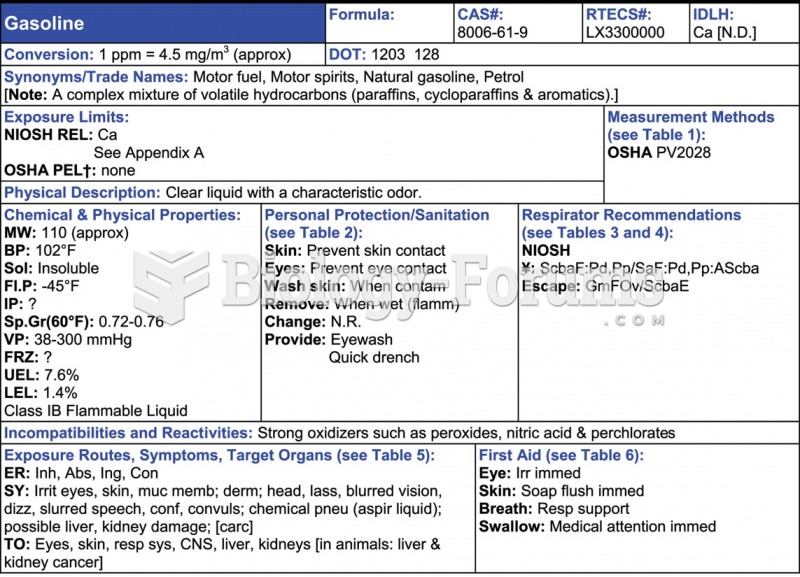Answer to Question 1
Disparities in health are glaringly apparent between high-income and low-income nations when we examine factors such as the prevalence of life-threatening diseases, rates of life expectancy, and infant mortality, and access to health services. Life expectancy refers to an estimate of the average lifetime of people born in a specific year. Most deaths in low-income and middle-income nations are linked to infectious and parasitic diseases that are now rare in high-income, industrialized nations. Among these diseases are tuberculosis, polio, measles, diphtheria, meningitis, hepatitis, malaria, and leprosy. The infant mortality rate is the number of deaths of infants under 1 year of age per 1,000 live births in a given year. There are many reasons for the differences in life expectancy and infant mortality among nations.
Many people in low-income countries have insufficient or contaminated food; lack access to pure, safe water; and do not have adequate sewage and refuse disposal. Added to these hazards is a lack of information about how to maintain good health.
Many of these nations also lack qualified physicians and health care facilities with up-to- date equipment and medical procedures.
Nevertheless, tremendous progress has been made in saving the lives of children and adults over the past 20 years. Life expectancy at birth has risen to more than 70 years in 146 countries, up from only 55 countries in 1990 . Life expectancy in low-income nations increased on average from 53 to 62 years, and mortality of children under 5 years of age dropped from 149 to 85 per 1,000 live births. An especially important advance has been the development of a safe water supply.
Answer to Question 2
False







